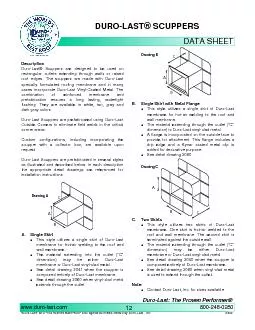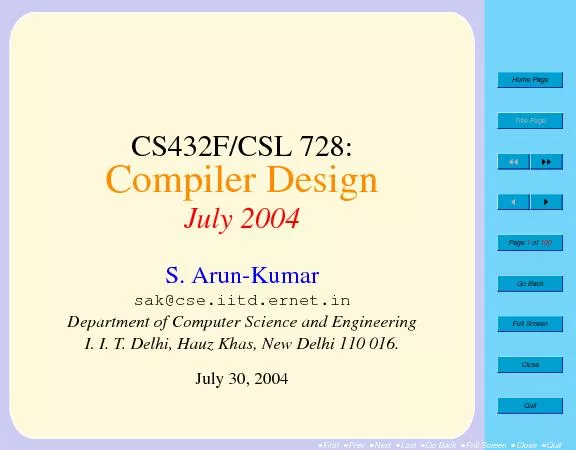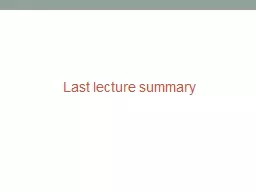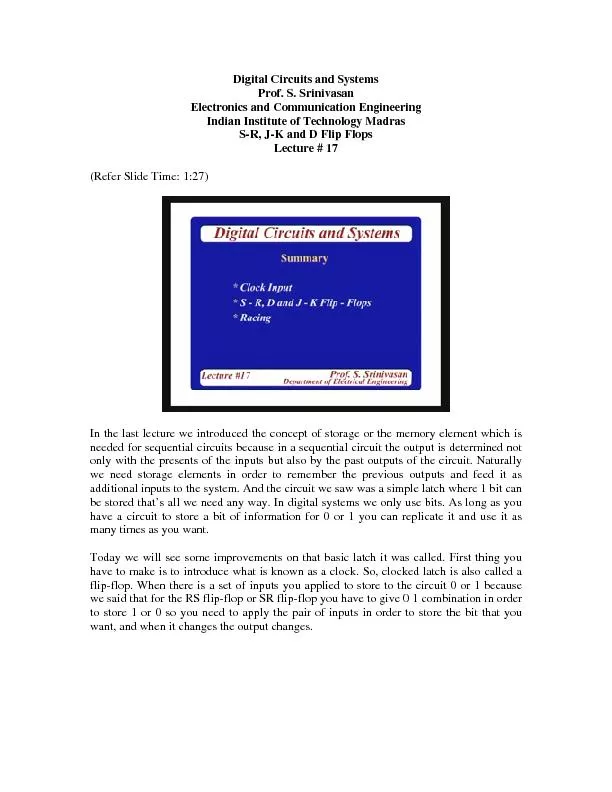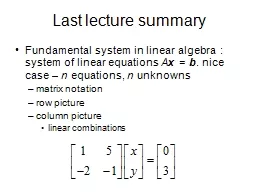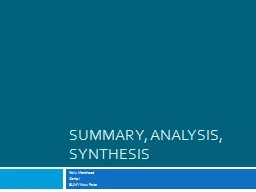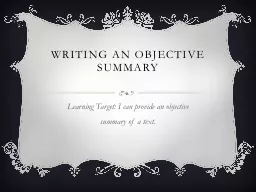PPT-Last lecture summary
Author : yoshiko-marsland | Published Date : 2016-07-21
identity vs similarity homology vs similarity gap penalty affine gap penalty gap penalty high fewer gaps if investigating related sequences low more gaps larger
Presentation Embed Code
Download Presentation
Download Presentation The PPT/PDF document "Last lecture summary" is the property of its rightful owner. Permission is granted to download and print the materials on this website for personal, non-commercial use only, and to display it on your personal computer provided you do not modify the materials and that you retain all copyright notices contained in the materials. By downloading content from our website, you accept the terms of this agreement.
Last lecture summary: Transcript
Download Rules Of Document
"Last lecture summary"The content belongs to its owner. You may download and print it for personal use, without modification, and keep all copyright notices. By downloading, you agree to these terms.
Related Documents




